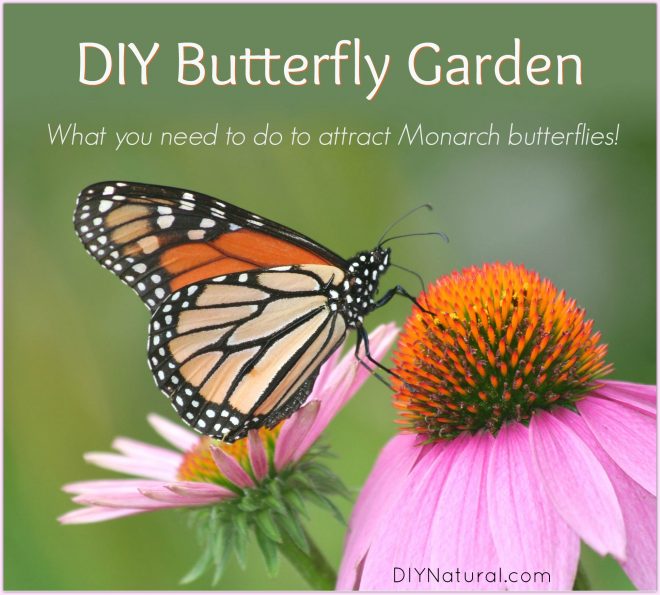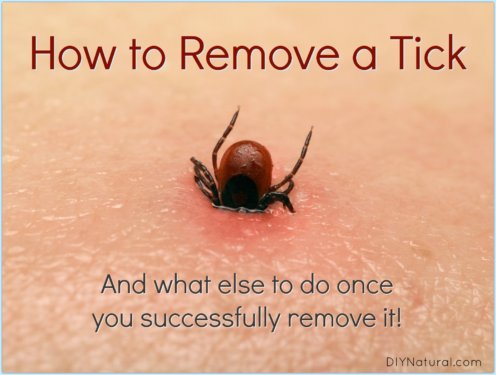
My daughter insists she saw a monarch butterfly yesterday, and while I think it’s a bit early, it got me thinking about our butterfly garden.
Many people know that milkweeds (Asclepias spp.) are very important to this increasingly rare butterfly, but that’s not the only plant they need. In fact, if you planted a garden strictly made up of milkweed you wouldn’t really be very successful in attracting these orange and black beauties.
DIY Butterfly Garden for Monarchs
Monarchs need all the help we can provide. So many of us are thinking about how we can add more habitat to our gardens for this reason. Don’t forget that diversity is the key! When we help the monarch, we will inevitably help the other pollinators in the neighborhood and I don’t think the monarch will mind sharing our attention one bit!
There are a few things besides plants that will make your DIY butterfly garden more hospitable for monarchs:
Things to Include in Your DIY Butterfly Garden
Be sure to provide a dark stone “landing pad” somewhere. This is a great place to soak up the sun and get some warmth into gossamer wings in the cool of the morning.
You should also include a good water source. A bird bath with decorative stone or marbles that remain just above the water surface will allow your pollinators to get a drink without drowning.
Garden sculptures may seem frivolous, but if planned correctly, should provide nooks and crannies to shelter from the rain or hide from insistent predators.
Some nurseries will offer a package deal, including nectar plants and host plants for your DIY butterfly garden. In the case of monarchs, you will always want to include a good amount of several varieties of milkweed. If we only focus on that well known plant though, we miss the monarch’s other needs.
Nectar Plants That Attract Monarch Butterflies
These plants are typically rated for most soils and hardiness zones in the Midwest and Northeast part of the United States. They are all happiest in a full sun setting where your butterflies will congregate happily.
Echinacea (Echinacea spp.) – No matter which echinacea species you choose, no monarch butterfly garden is complete without them.
Blazing Star (Liatris aspera) – This Ohio native blooms pink, purple, and white. The plant is very popular with pollinators of all kinds.
Downy Phlox (Phlox pilosa) – This nectar plant provides spring and summer feeding.
Ironweed (Vernonia fasciculata) – The tall, purple ironweed dots the Ohio prairie landscape with striking color in the fall.
Joe Pye Weed (Eupatorium purpureum) – the light purple flowers of Joe Pye weed are almost fleshy with a strong resemblance to the blooms on the monarch’s favorite milkweed.
Goldenrod (Solidago ohioensis) – This “Ohio Goldenrod” is one of my fall favorites, blooming a brilliant yellow just before the asters start their show. This is an important butterfly nectary for late-season migrators.
Bergamot (Monarda fistulosa) – Many of the bergamots may be beneficial in a butterfly garden, but the wild variety M. fistulosa is the best choice. The pale purple flower is edible and medicinal, though it often falls victim to down-mildew. Plant it in an area that gets plenty of air movement.
Chrysanthemum (Chrysanthemum leucanthemum) – Chrysanthemums are important nectar crops, especially late in the season for those monarchs that haven’t migrated just yet.
Aster (Symphyotrichum novae-angliae) – Here in Ohio, our late-blooming purple New England Aster makes a great last nectar crop for the late migrating monarchs.
Want to read more about attracting pollinators? Check out these other DIY Natural articles:
*******




How about the southwest plant list?
A lot of people plant butterfly bushes thinking they are helping butterflies, but recently I read they flourish and choke out the other plants/bushes that other pollinators need. Is this what you have heard?
Ha! Certainly not at my house! =) I can’t seem to get one to make it through the winter, let alone thrive. That being said…. I have heard some rumblings about butterfly bushes not being all their cracked up to be. I think the issue is just as you say, one of choking out where they are more successful than natives. They are indeed a good source of nectar for the pollinators, but if you are a person that gets involved in the native versus non-native concerns you will want to take a closer look at butterfly bush.
Hey what about us in the Southeast we have Monarch’s Too! What are the plants for our area
Some of the same, my friend! Here is a great resource for you:http://www.xerces.org/wp-content/uploads/2016/10/Southeast_Monarch_Plant_List_PRINT.pdf
Thanks for sharing, very helpful!